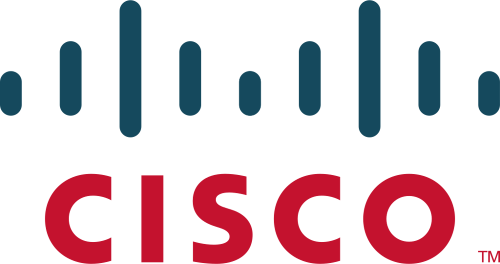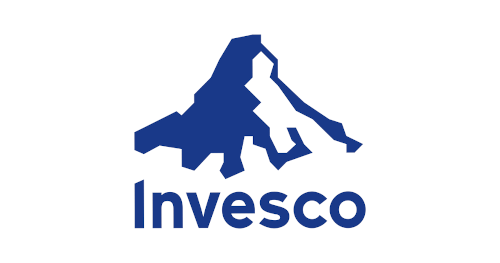Hybrid cloud management refers to the technology, processes, and operational discipline required to optimize workloads that span public cloud services and private cloud environments hosted on on-premises or colocation infrastructure. It ensures that distributed resources operate cohesively as a single ecosystem, despite differences in location, platform, or ownership model. The objective is to provide consistent visibility, governance, performance, and security across all environments while enabling flexibility in workload placement.
Hybrid architectures have become the default for many enterprises because different applications have different requirements. Some workloads benefit from the scalability and elasticity of the public cloud. Others demand the performance, regulatory compliance, or cost predictability that traditional data centers or private clouds provide. Hybrid cloud management enables organizations to leverage each environment’s strengths while minimizing complexity.
Hybrid Cloud Management Challenges
Hybrid environments introduce operational complexity that must be actively managed.
Common challenges include:
- Monitoring distributed systems when toolsets differ across environments
- Limited visibility into application and data interdependencies that span on-premises and cloud components
- Difficulty maintaining accurate documentation of assets and connectivity as environments evolve
- Capacity planning uncertainty because resources can scale dynamically and workloads may shift locations
- Security and compliance gaps when policy enforcement varies by platform or provider
- Increased operational burden on IT teams that must maintain proficiency across multiple technologies and operating models
Benefits of Effective Hybrid Cloud Management
Organizations implement hybrid cloud management to achieve measurable improvements in IT and business performance.
Common benefits include:
- Agility. Faster workload deployment and scaling support changing requirements.
- Security and compliance alignment. Sensitive data can remain in controlled environments while cloud policies are applied to appropriate workloads.
- Modernization without disruption. Legacy systems continue operating while cloud-native services expand capabilities.
- Performance optimization. Latency-sensitive or data-dependent workloads run where they perform best, whether on-premises or in the cloud.
- Cost control. Better visibility helps prevent unnecessary cloud spending and reduces stranded on-premises capacity.
- Reduced operational risk. Improved monitoring and coordination across platforms accelerate issue detection and response.
How DCIM Software Supports Hybrid Cloud Management
On-premises and colocation data center infrastructure remain essential components of the hybrid model. Their physical assets and environment must be properly managed and monitored to ensure reliable operations. Data Center Infrastructure Management (DCIM) software provides the visibility and insights organizations need to operate hybrid environments efficiently.
DCIM software supports hybrid cloud management by:
- Centralized asset visibility. DCIM software tracks racks, servers, storage, networking equipment, and supporting infrastructure, providing a complete and accurate view of physical assets.
- Capacity planning and optimization. It tracks space, power, cooling, and data/power port utilization capacity, helping organizations plan for future workloads and ensure efficient use of resources.
- Change management. DCIM software records moves, adds, changes, and decommissions of physical assets, ensuring that the on-premises environment supporting hybrid workloads is accurate and up-to-date. This helps teams coordinate maintenance and avoid disruptions that could impact workloads spanning on-premises and cloud resources.
- Dependency mapping. DCIM maps power distribution, network connectivity, and relationships between devices, providing insight into how on-premises infrastructure supports hybrid workloads. Understanding these dependencies helps prevent outages or performance issues that could affect applications.
- Integration with private cloud tools. DCIM software can integrate with systems like VMware, Nutanix, and Red Hat OpenShift, supporting use cases such as automatically syncing virtual machines with their physical hosts to know which customers you need to notify during maintenance on hosts.
- Integration with public cloud tools. DCIM software can integrate with public cloud providers like Azure and AWS to help manage the capacity of all compute resources to determine the most cost efficient location for deployments and optimize resource utilization.
Want to see how Sunbird’s DCIM software can help support your hybrid cloud environment? Get your free test drive now.




























